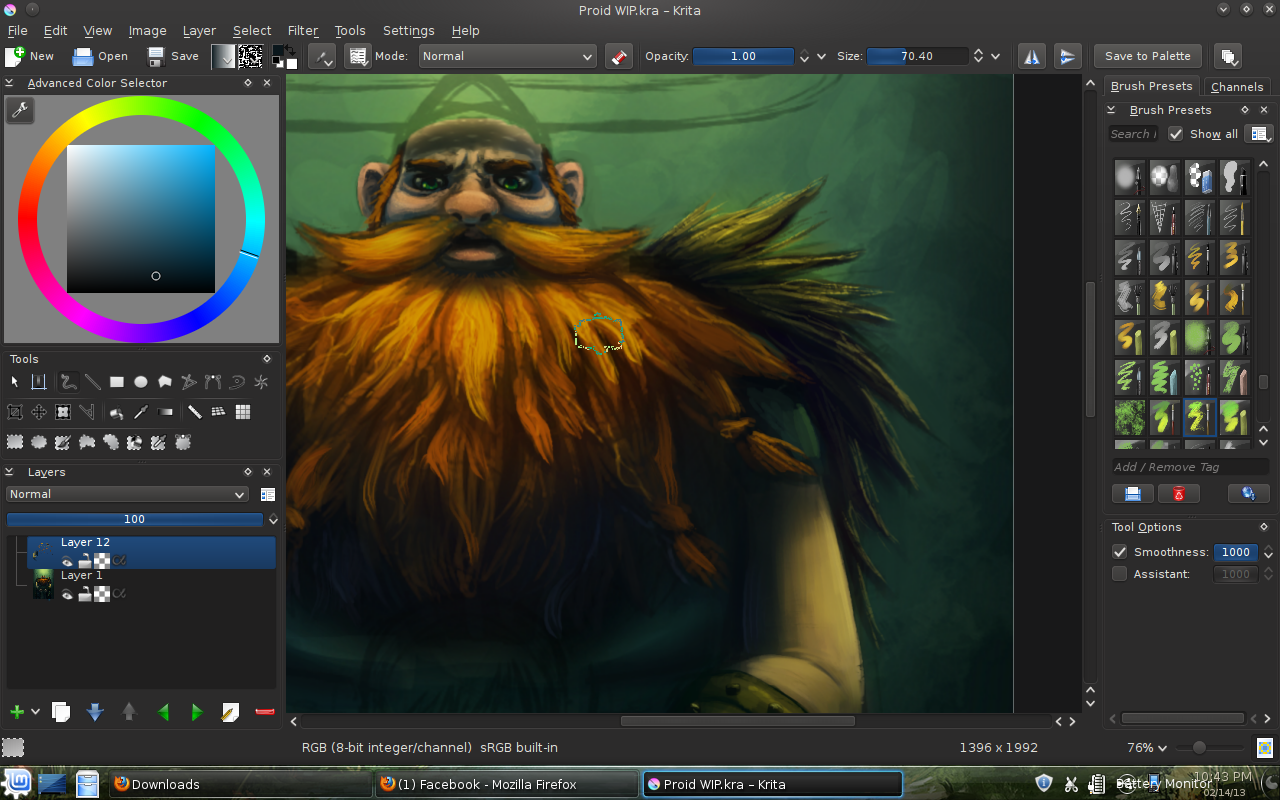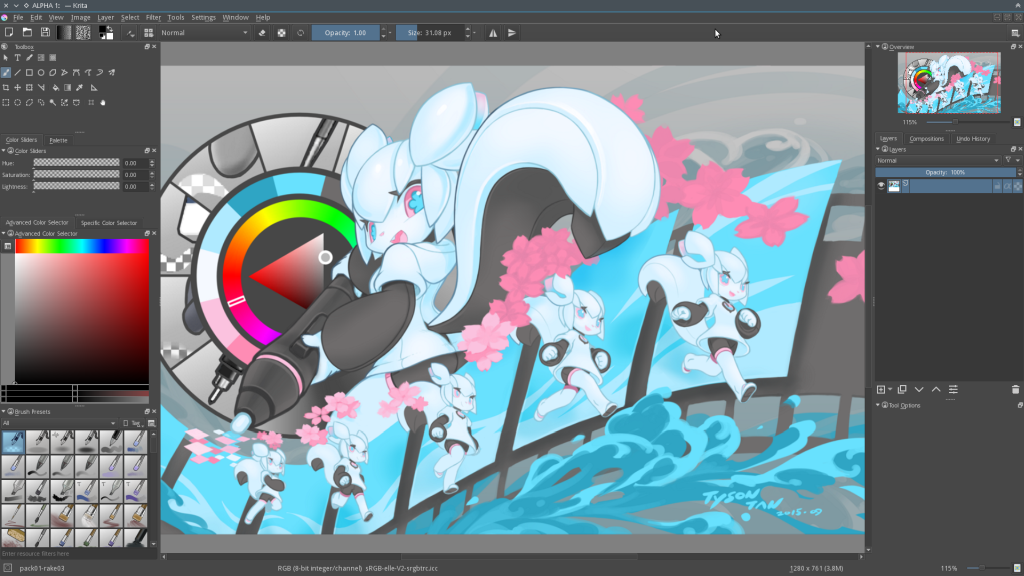
Moreover, artists can scale with ease with Mari’s complex geometry handling and using the shader of their choice from four shaders: 3Delight, VRay, Unreal, and Arnold. Mari helps eliminate all the guesswork by reducing round-tripping between Katana and other DCC programs with Mari’s vendor shaders.


And you can quickly block out the look of an asset with Mari’s Material System. Mari comes with a bench of artist-friendly paint tools that you will certainly like, as it helps craft your artwork to the highest quality.What is more, Mari offers support for industry-standard formats like FBX, OBJ, Alembic, and OpenEXR. With an extensive Python API and full OCIO color management support, technical artists and artists can easily automate workflows and handle color transforms. The Materials system gives artists the ability to make less complex, assets easily or quickly laying down the building blocks for their hero assets. Mari’s non-destructive layer and node graph systems allow artists to create the look they want, giving access to an extensive range of procedural tools. Artists and designers can enjoy a streamlined look development with Mari’s shaders and paint textures with more confidence, knowing that their art and models will look correct in the final render. With the ability and possibility to scale to millions of polygons for a single topology without slowing down, Mari can cope with the most challenging production meshes and support thousands of textures per model via UDIMs. Its projection-based painting system lets artists make edits to paint before committing it, preview it in context, and create 2D adjustments-freeing artists from the limits of resolution and complexity. With support for UDIM workflows, artists and designers can work with hundreds of high-resolution texture maps. You may also want to check Mari vs Substance Designer.

They may use Photoshop, 3D Coat, Substance Designer, or Mari software that we will see in details in this article. Texture Artists use a variety of texturing software and techniques. So what does a 3D Texture Artist do? A 3D Texture Artist creates materials and textures that are applied to 3D models and environments in games, films, or TV shows. The texture is a pixel image, laid on the ready polygonal model (on UV map) made in the graphics program with can give it a color, reflection parameter, refraction parameter, specify the index of refraction, and relief or fake relief.ģD texture artists play an important role in the VFX pipeline.

Based on which program you use, the realism of the finished model depends on texture for materials development and the very technique selected. Is Mari software worth being among your 3D texturing and painting arsenal?ģD modeling, texturing, and 3D printing are all extremely popular nowadays because such technologies are becoming ever more available now.


 0 kommentar(er)
0 kommentar(er)
